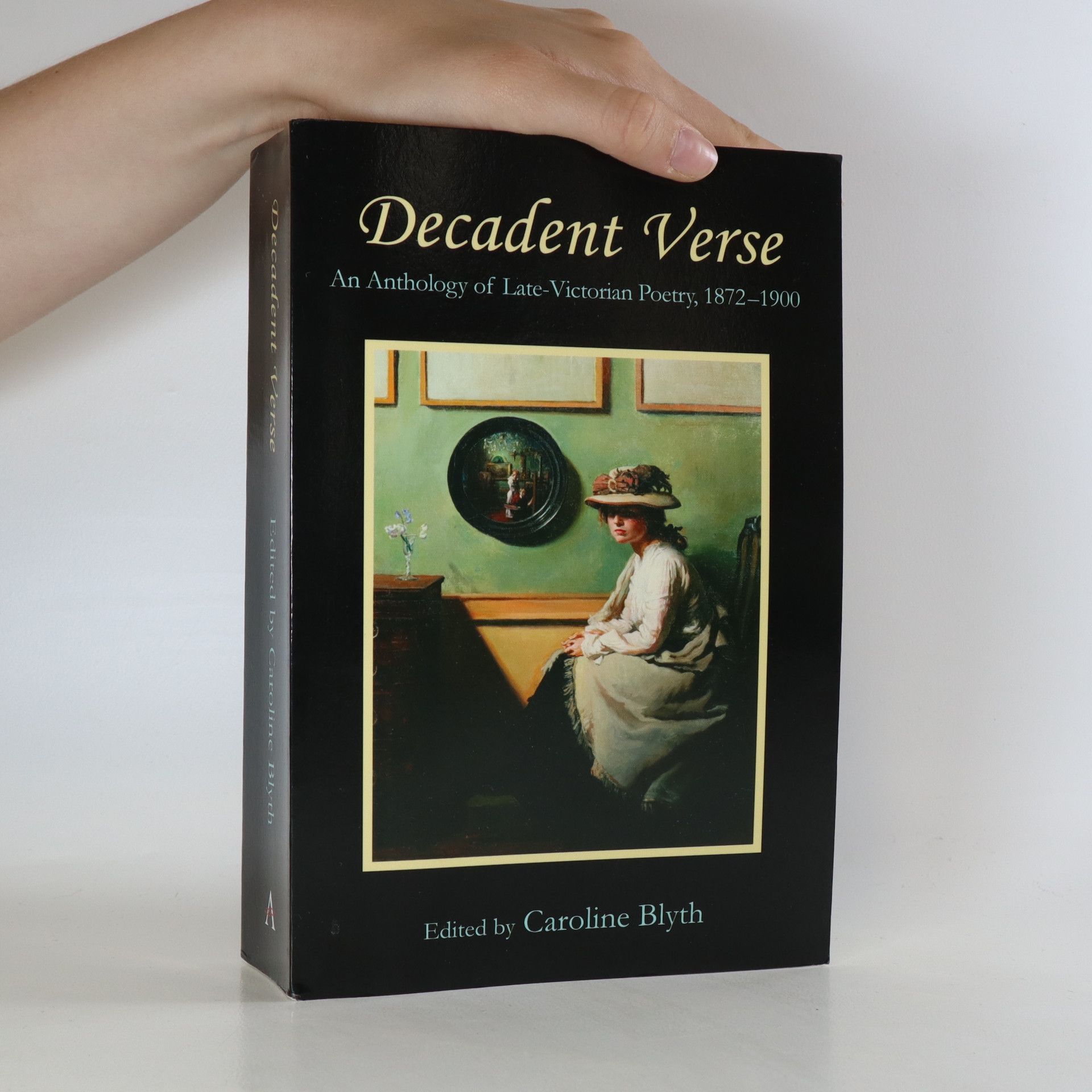Rape Culture, Purity Culture, and Coercive Control in Teen Girl Bibles
- 116pages
- 5 heures de lecture
In this fascinating book Caroline Blyth takes a close look at Bibles marketed to teen girls and asks how these might perpetuate harmful gender stereotypes that lie at the heart of rape culture.

